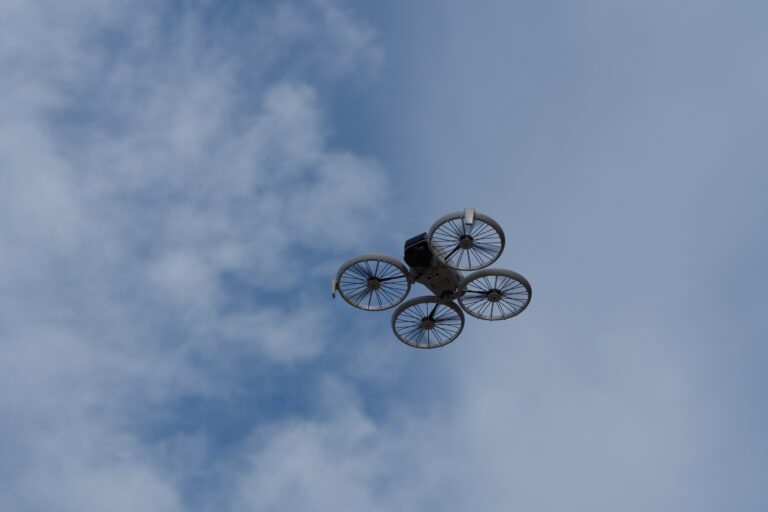Europe is considering the creation of a “drone wall” along its eastern border to counter threats from Russia, following calls from the Baltic states. European Commission President Ursula von der Leyen emphasized the initiative as “the bedrock of credible defence,” while EU defence commissioner Andrius Kubilius plans to convene defence ministers to discuss implementation. The project, known as the Baltic Drone Wall, involves Poland, Finland, Estonia, Latvia, and Lithuania.
At the core of the initiative is Eirshield, a multilayered anti-drone system developed by Estonian company DefSecIntel and Latvia’s Origin Robotics. It combines radars, cameras, radio frequency detectors, and AI to automatically detect, track, and neutralize hostile drones. The system can jam signals, intercept with other drones, or deploy small weapons systems. It is designed to counter fast-flying drones carrying warheads at speeds up to 200 km/h and includes portable components for flexibility. Developers highlight its cost efficiency, with per-use expenses in the tens of thousands of euros versus millions for conventional air defence. Parts of the system are already deployed in Ukraine.
For NATO integration and peacetime operations, modifications are required. Systems must distinguish between hostile and civilian drones, potentially using nets or small intercepting drones instead of explosive measures. Each member state will determine the tactics and combination of detection and interception. Eirshield is intended to complement, not replace, traditional air defence systems.
Funding remains a challenge. The European Commission rejected a €12 million joint proposal from Estonia and Lithuania in August, but national governments have allocated budgets: Estonia pledged €12 million over three years, Latvia €10 million through research contracts, and Lithuania €3 million from prior EU drone funding. Demonstrations of the system are planned, but broader European integration depends on political will and standardization to NATO requirements.
The project illustrates a high-tech approach to defending Europe’s eastern flank but faces hurdles in funding, coordination, and adapting wartime technology for peacetime use.


